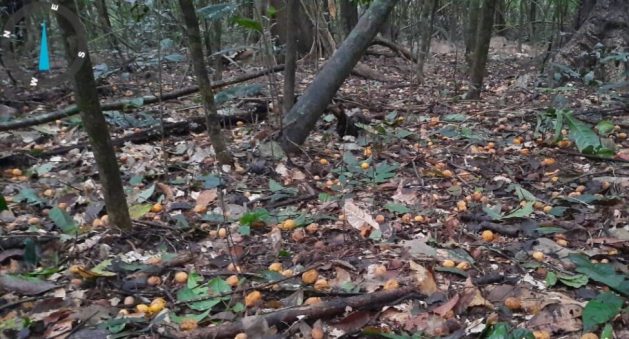BELÉM, Brazil, Jul 28 (IPS) – The decade-and-a-half-long battle for life in the so-called Volta Grande (Big Bend) of the Xingu river, a stretch of the river dewatered by the Belo Monte hydroelectric power plant in the Brazilian Amazon, has a possible solution, albeit a partial one.
The mega power project divided the waters of the Xingu. It has taken up most of the river and emptied the now 130-kilometre U-shaped Reduced Flow Stretch (TVR, in Portuguese), whose banks are home to two indigenous groups and a community, all affected by the depletion of fish, the basis of their livelihood.
A proposal drawn up by these villagers and scientific researchers makes it possible to recover the minimum conditions for the reproduction of fish, which have declined since the plant began operations in 2016. The goal is to mitigate the project’s negative impacts on the people living in the area.
But Norte Energía, the concessionaire of Belo Monte, estimates that this alternative would cost it a 39% reduction in its electricity generation. The dilemma pits the vital needs of the riverside population against the company’s economic feasibility.
Belo Monte, 700 kilometres southwest of Belém, is one of major power and logistics projects that abounded in Latin America in the first two decades of this century. It is the third largest hydroelectric plant in the world, with a capacity of 11,233 megawatts and an expected effective generation of only 40% on average.

The Xingu river in the eastern Amazon region attracted energy interest because of its average flow of 7,966 cubic metres per second and the gradient that allowed Belo Monte to have its main power plant with a water fall of 87 metres.
But its flow has excessive variations, with floods 20 times higher than its low water level. With less than 1,000 cubic metres per second in low water, it lowers the plant’s average annual generation.
To prevent the flooding of the Volta Grande of the Xingu (VGX) and, within it, of the two indigenous lands of the Juruna and Arara peoples, a canal was built to connect the two points of the curve, diverting about 70% of the river’s waters and draining the life out of the curved section.




